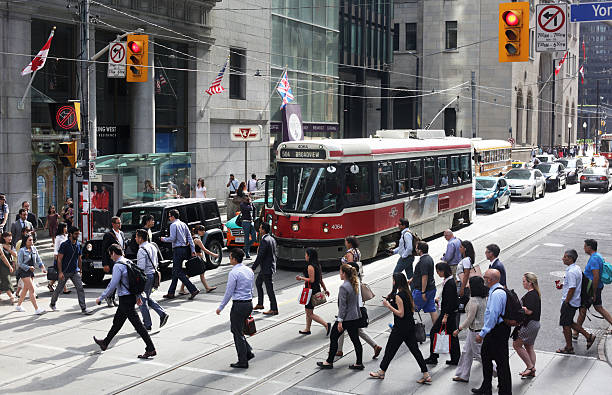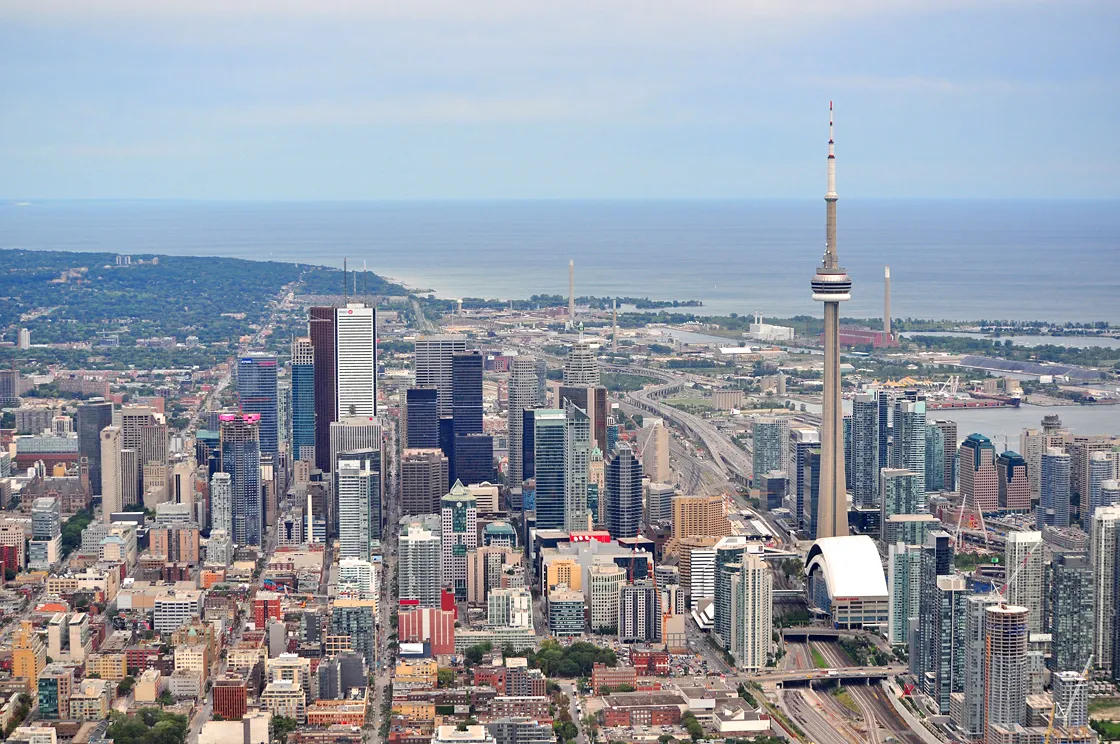Is Toronto Safe to Live In?
Whether you’ve been planning a move to Toronto as a first-time homebuyer or renter, or are just visiting, I’ve gathered the most recent data to provide a comprehensive overview of the city’s safety. Understanding crime rates and their context is crucial to address the question: Is Toronto safe to live in?
1) Homicide Rates: A Key Indicator
One of the most telling indicators of a city’s safety is its homicide rate. Recent data shows an encouraging trend in Toronto. Over the past five years, homicide rates have generally been declining, with the exception of a spike in 2021. In 2019, there were 22 homicides, followed by 24 in 2020, 23 in 2021, 24 in 2022, and a decrease to 15 in 2023. This decline suggests that, despite fluctuations, the city’s efforts in tackling serious crimes are yielding positive results. However, it’s important to note that while the overall homicide numbers have decreased, there has been a rise in stabbing-related homicides in the recent year.
2) Crime Severity Index: A Comprehensive Measure
The Crime Severity Index (CSI) is a measure that takes into account both the volume and the severity of reported crimes. A higher CSI indicates more severe criminal activity. Understanding this index is crucial for a holistic view of the city’s safety landscape.
3) Other Factors to Consider
While homicide rates and the CSI provide a snapshot of Toronto’s safety, other factors also play a significant role. For instance, random attacks on public transit have raised concerns among residents. Despite these incidents, the overall trend in severe crimes like homicides shows a decrease, painting a more nuanced picture of safety in Toronto.
4) The Context of Crime Statistics
When asking the question is Toronto safe, It’s important to remember that statistics only tell part of the story. They need to be understood in the context of broader societal issues, including economic factors, community programs, and law enforcement efforts, social programs, and the effectiveness of policing strategies.
5) Neighbourhood Variations
Toronto’s diverse neighbourhoods exhibit different crime rates, painting a varied safety landscape across the city. It’s crucial to understand that some areas might experience higher crime incidents than others, and these can fluctuate over time.

6) The Role of Community and Policing
Community engagement and effective policing play a pivotal role in ensuring safety. Toronto’s law enforcement and community programs are designed to address not only crime but also its root causes, such as social inequality and lack of opportunities. These initiatives contribute significantly to the overall safety of the city.
7) Perception vs. Reality: Is Toronto safe?
The perception of safety can often differ from the statistical reality. Media reports and personal experiences can sometimes paint a more alarming picture of safety in Toronto than the statistics suggest – if it bleeds, it leads. It’s important for residents and potential newcomers to consider both the data and personal experiences when evaluating the city’s safety.
8) Toronto’s Global Standing
On a global scale, Toronto is often ranked as one of the safer major cities in the world. Compared to other cities of similar size and economic standing, Toronto maintains a relatively low crime rate, especially concerning violent crimes.
While Toronto, like any major city, faces its share of crime-related challenges, the overall data answers the question is Toronto safe – with a resounding yes, it is. The declining trend in severe crimes like homicides, combined with proactive community and policing efforts, contribute to this safety. However, it’s essential to acknowledge the variations across different neighbourhoods and understand that the perception of safety can be subjective.




